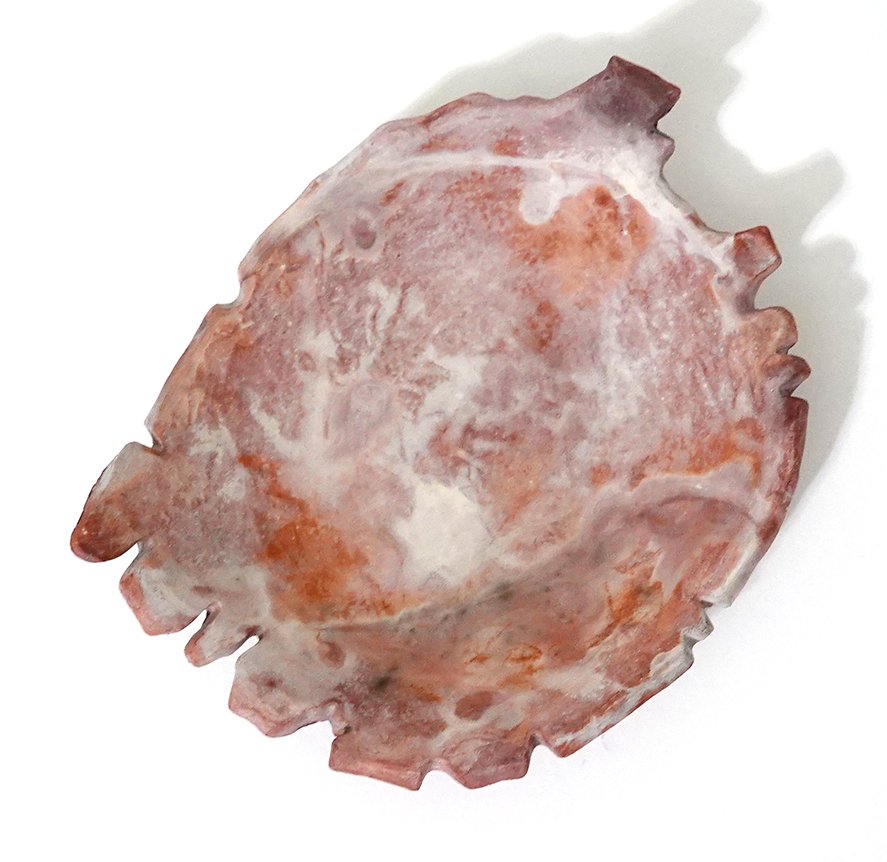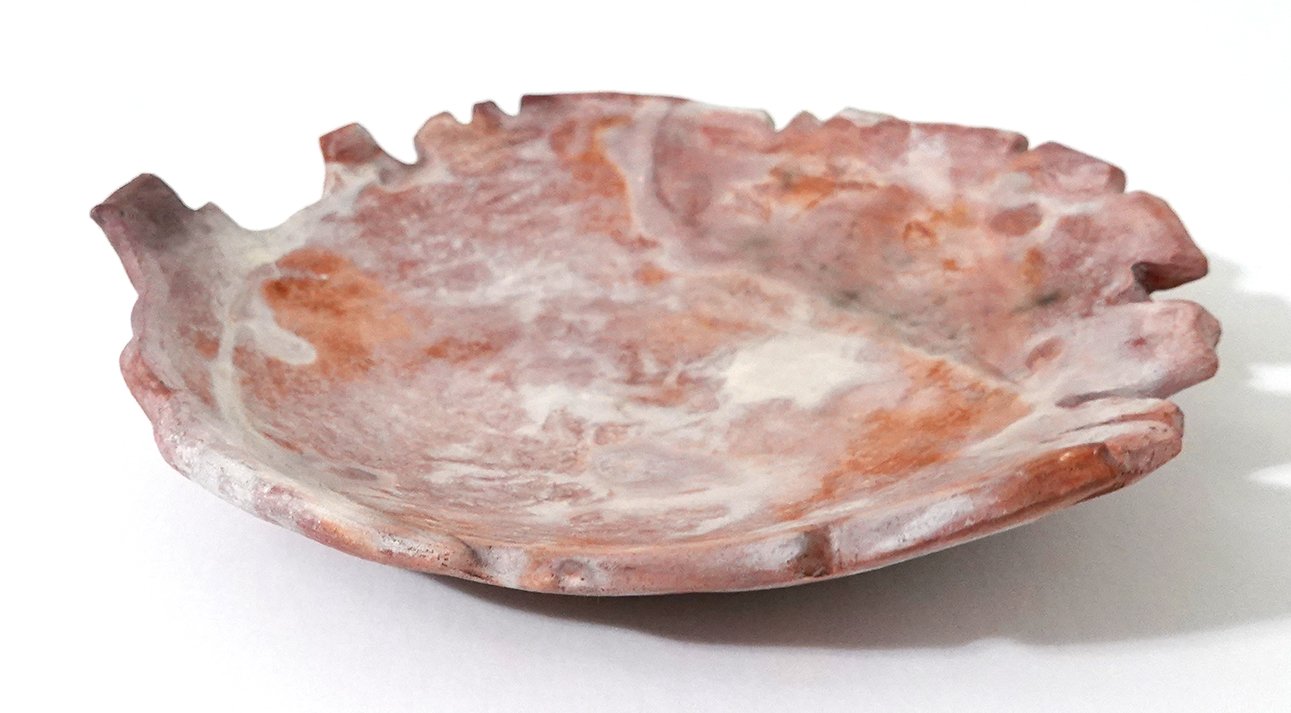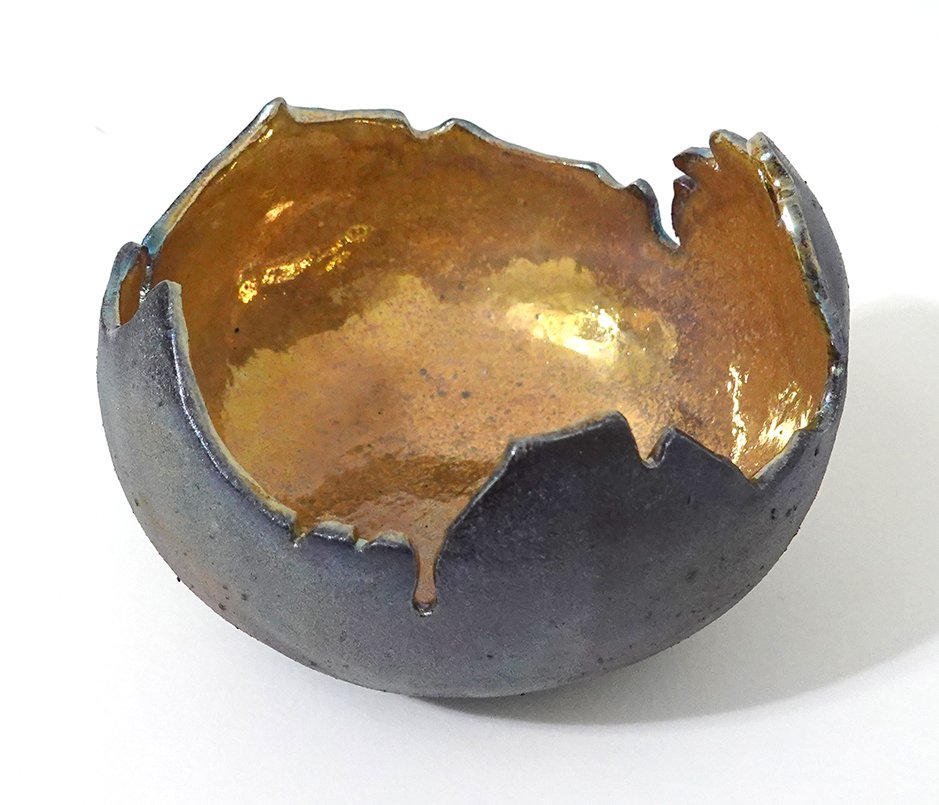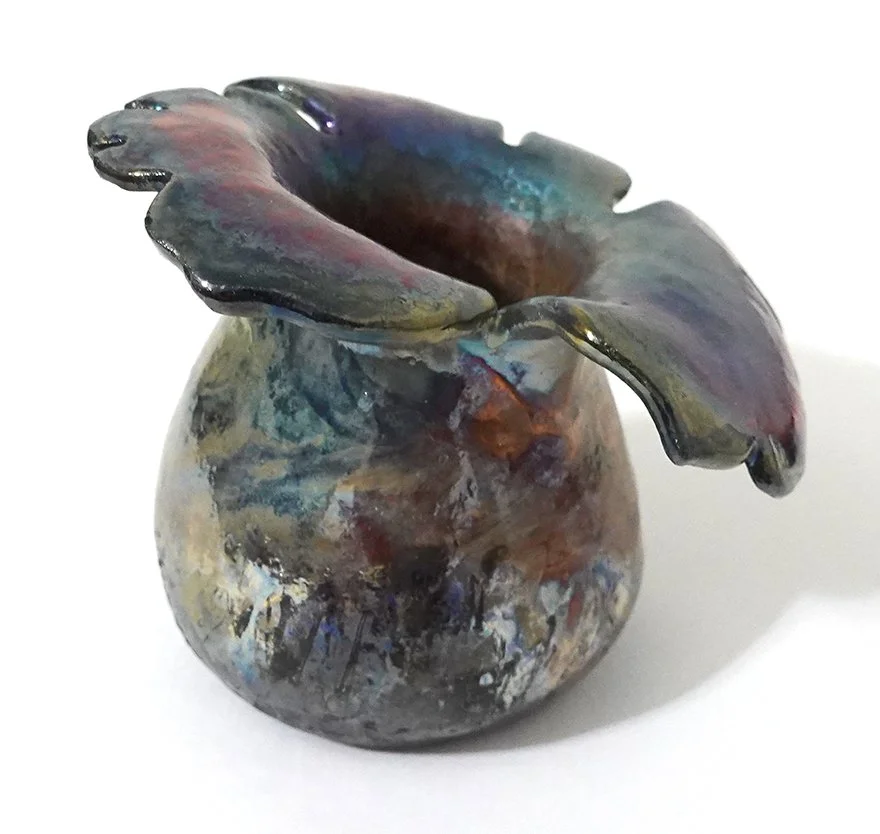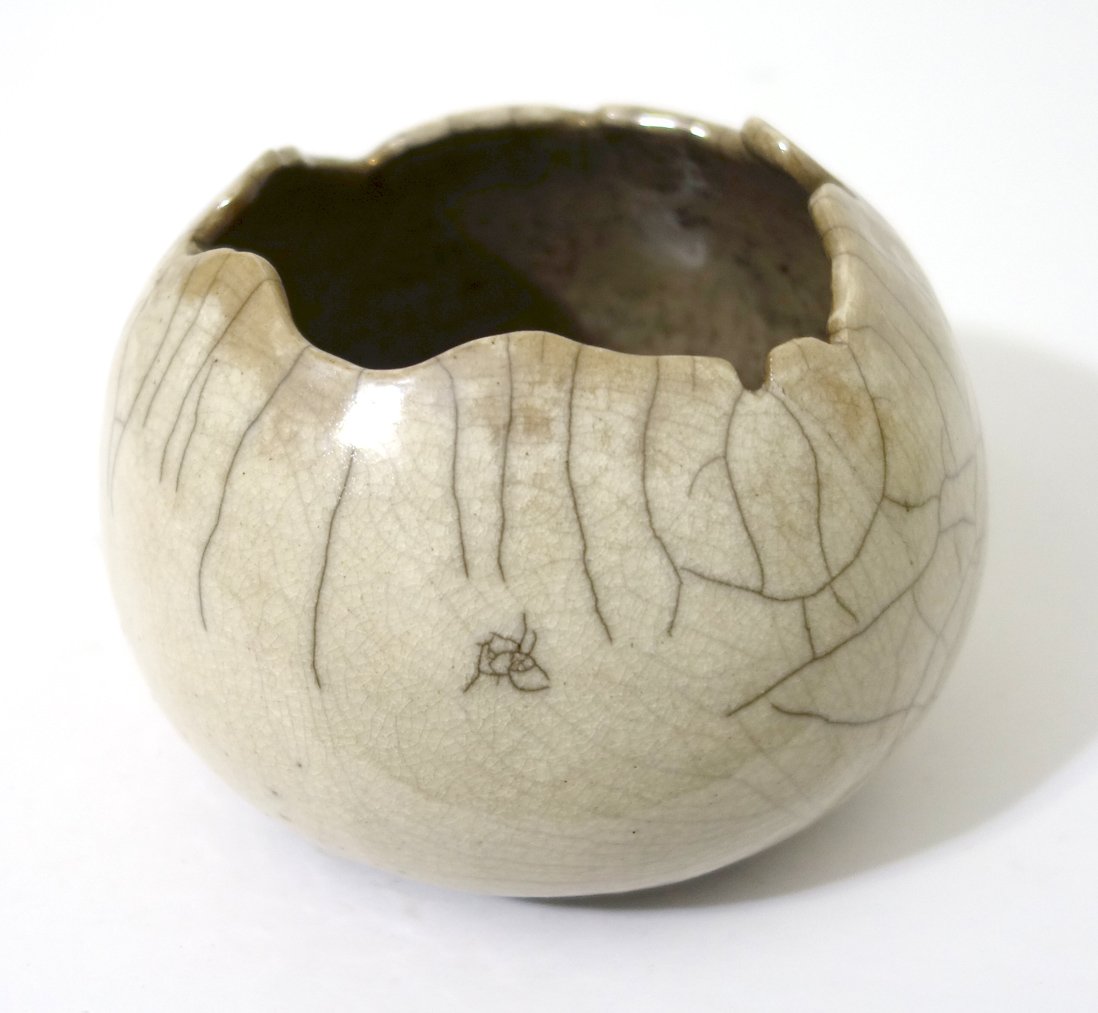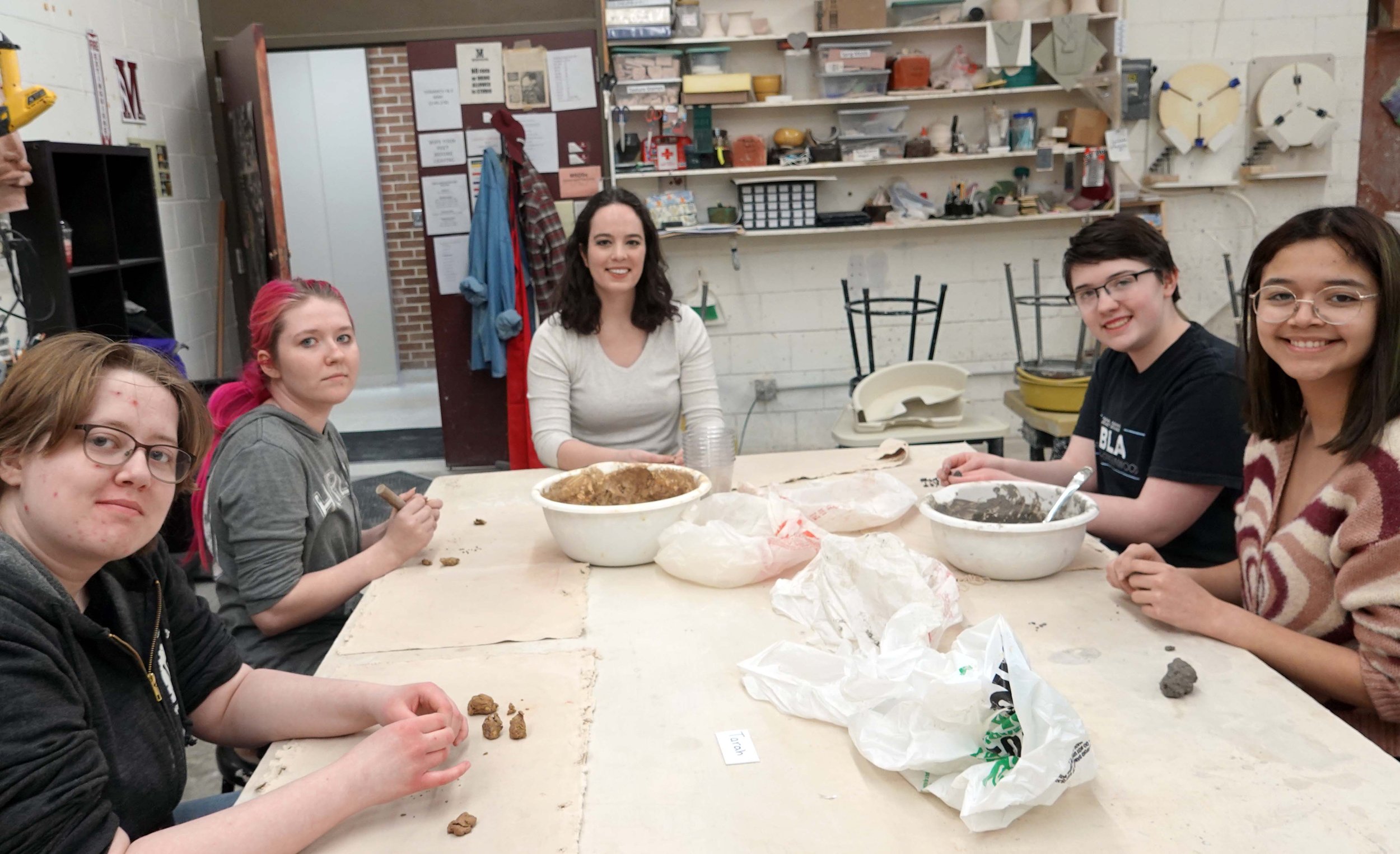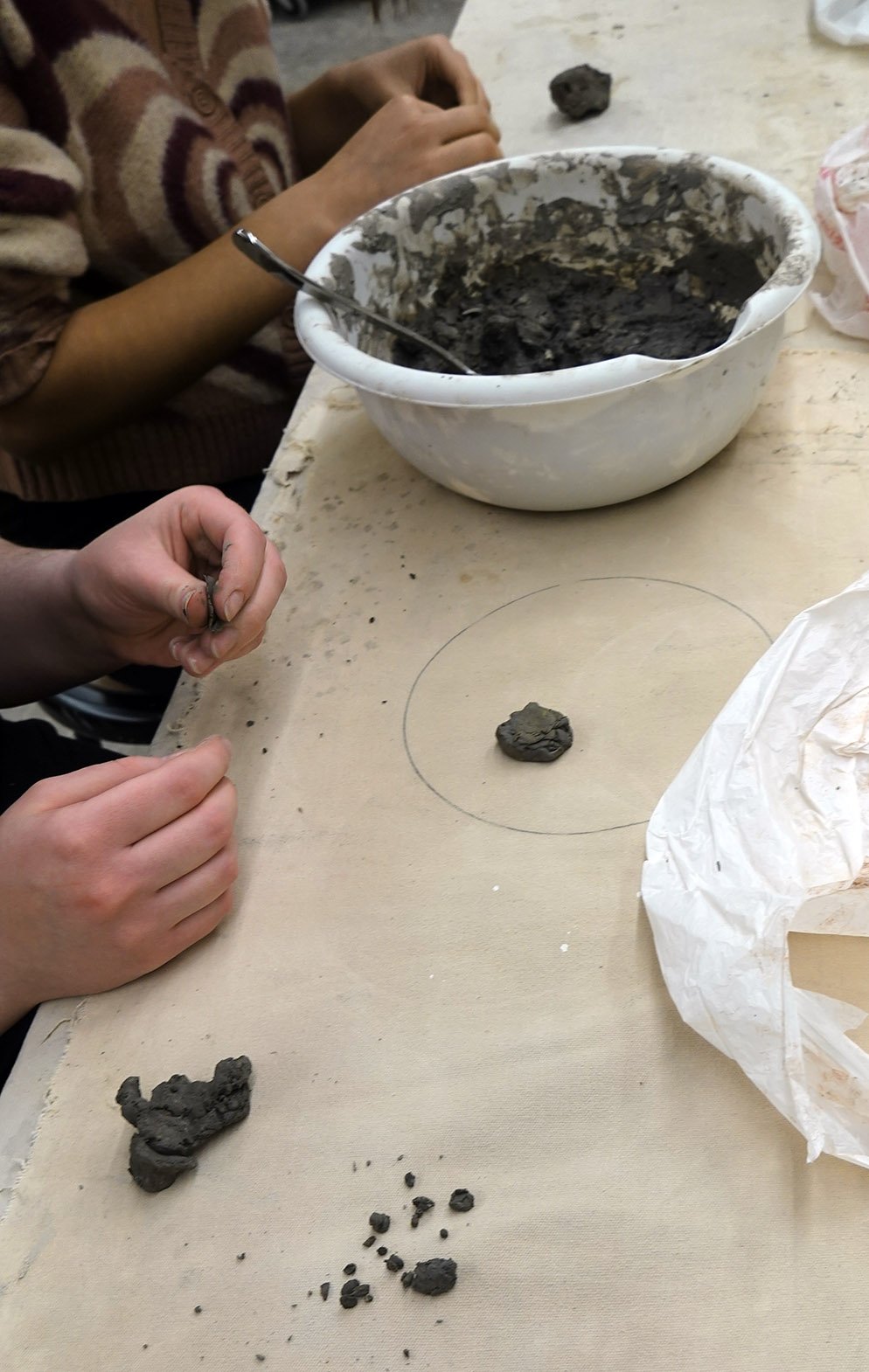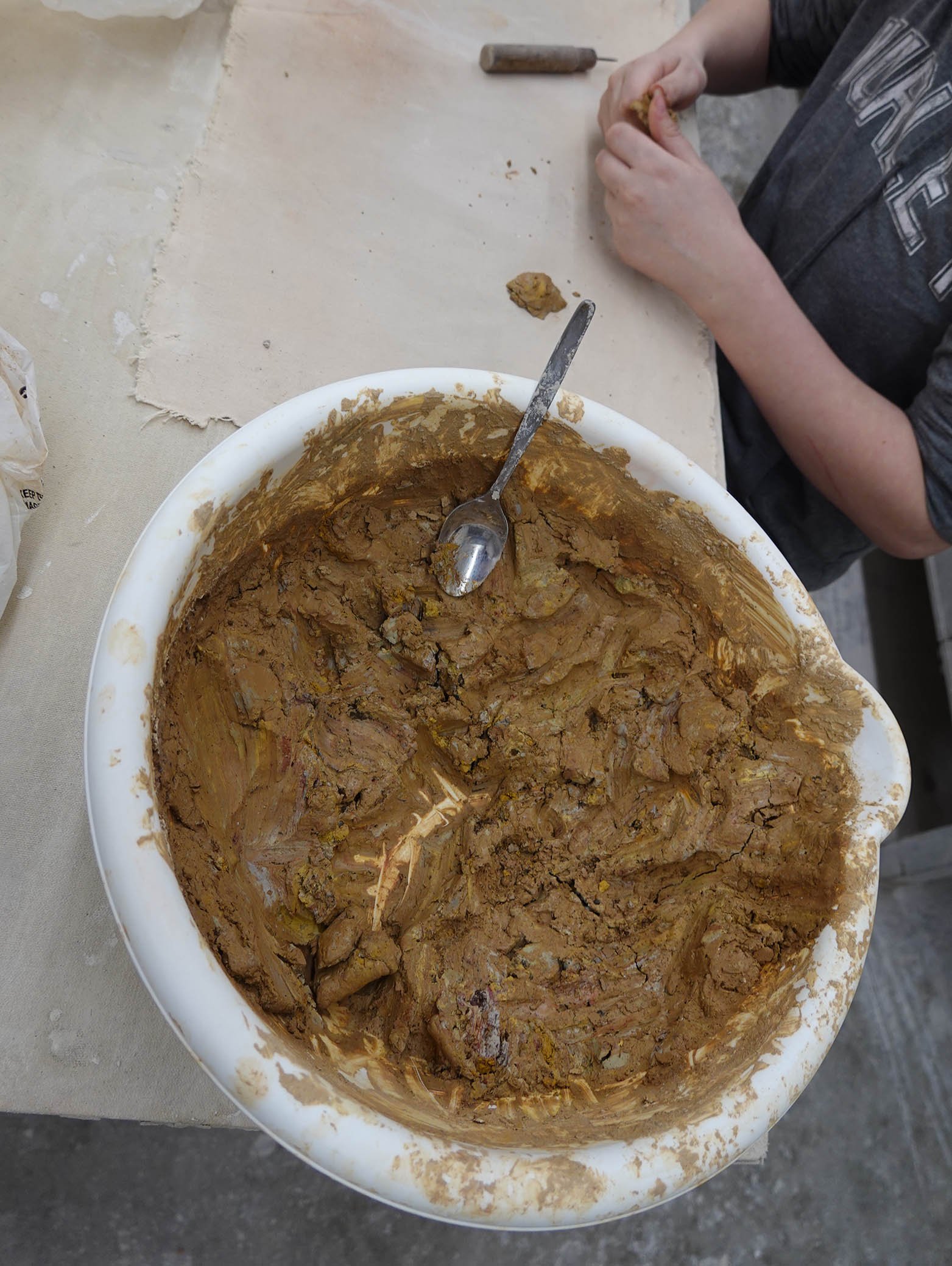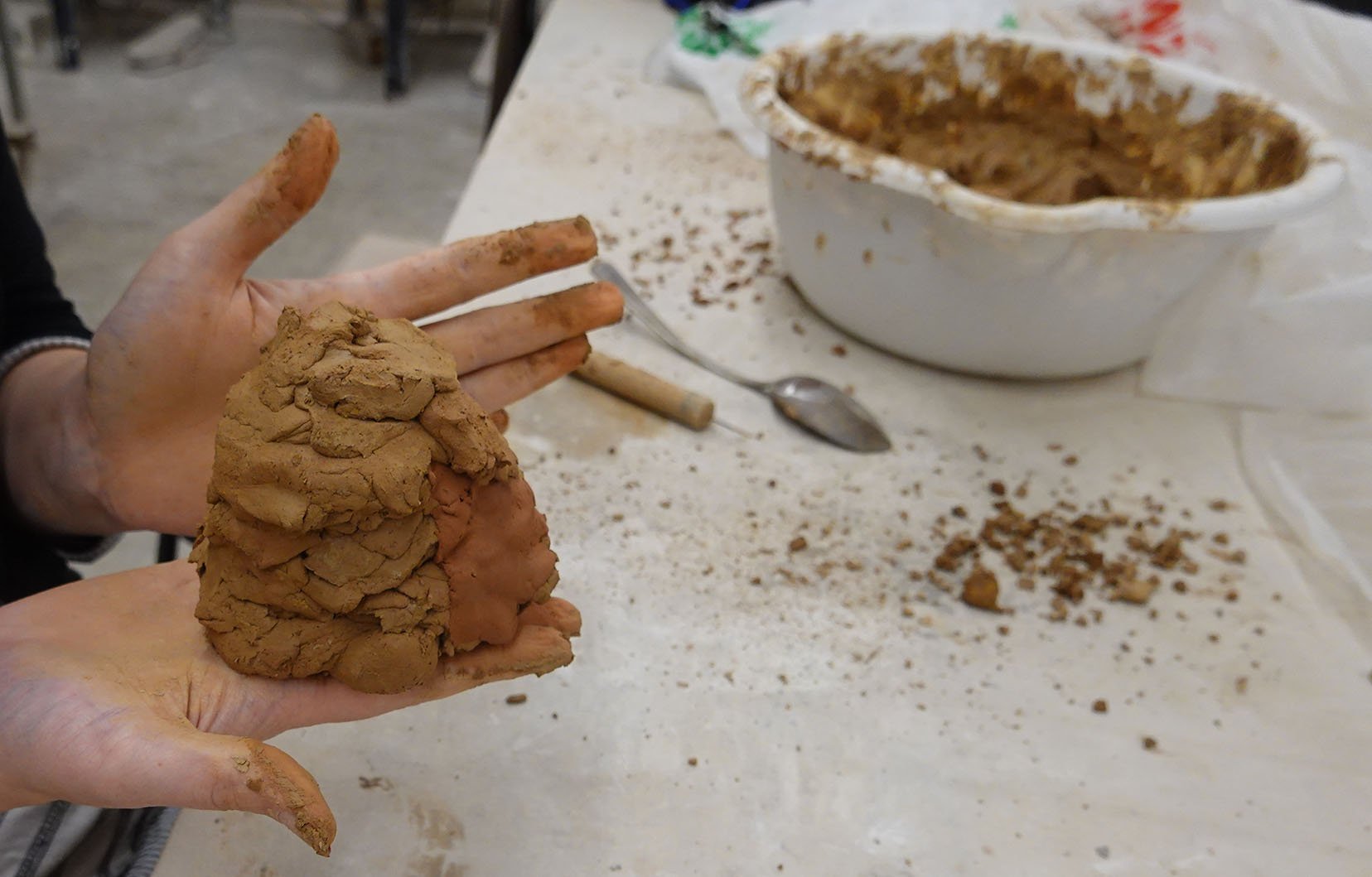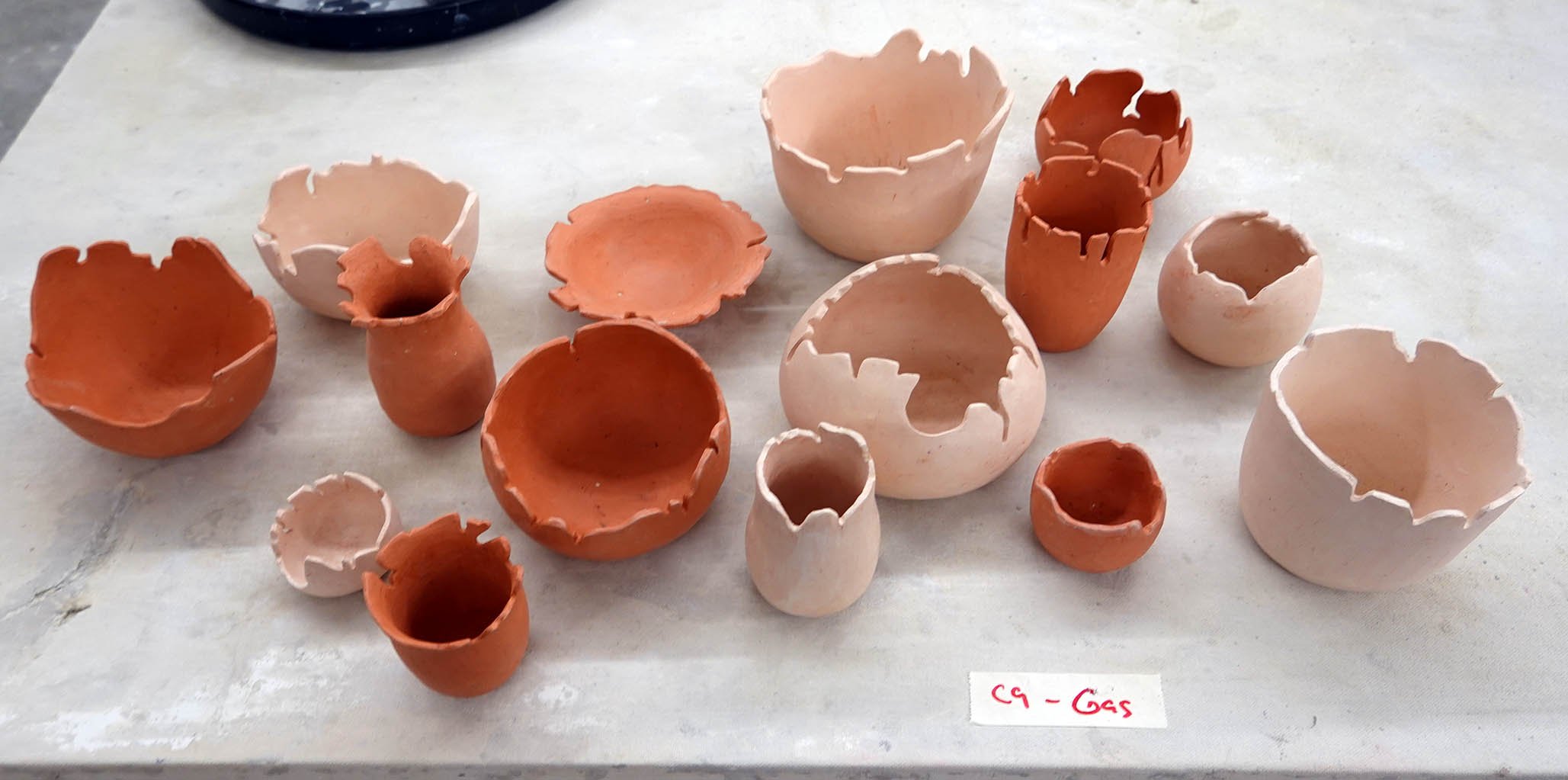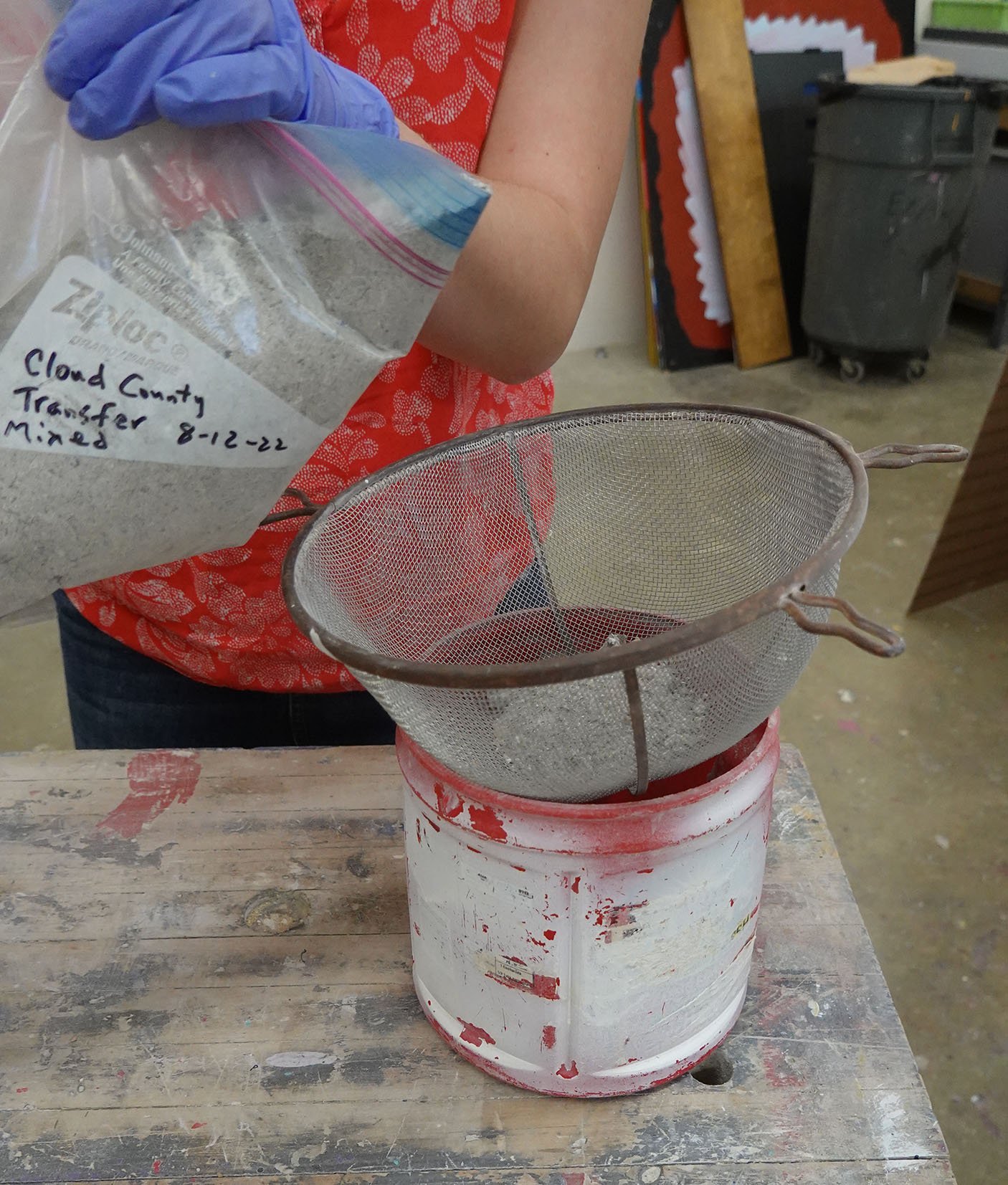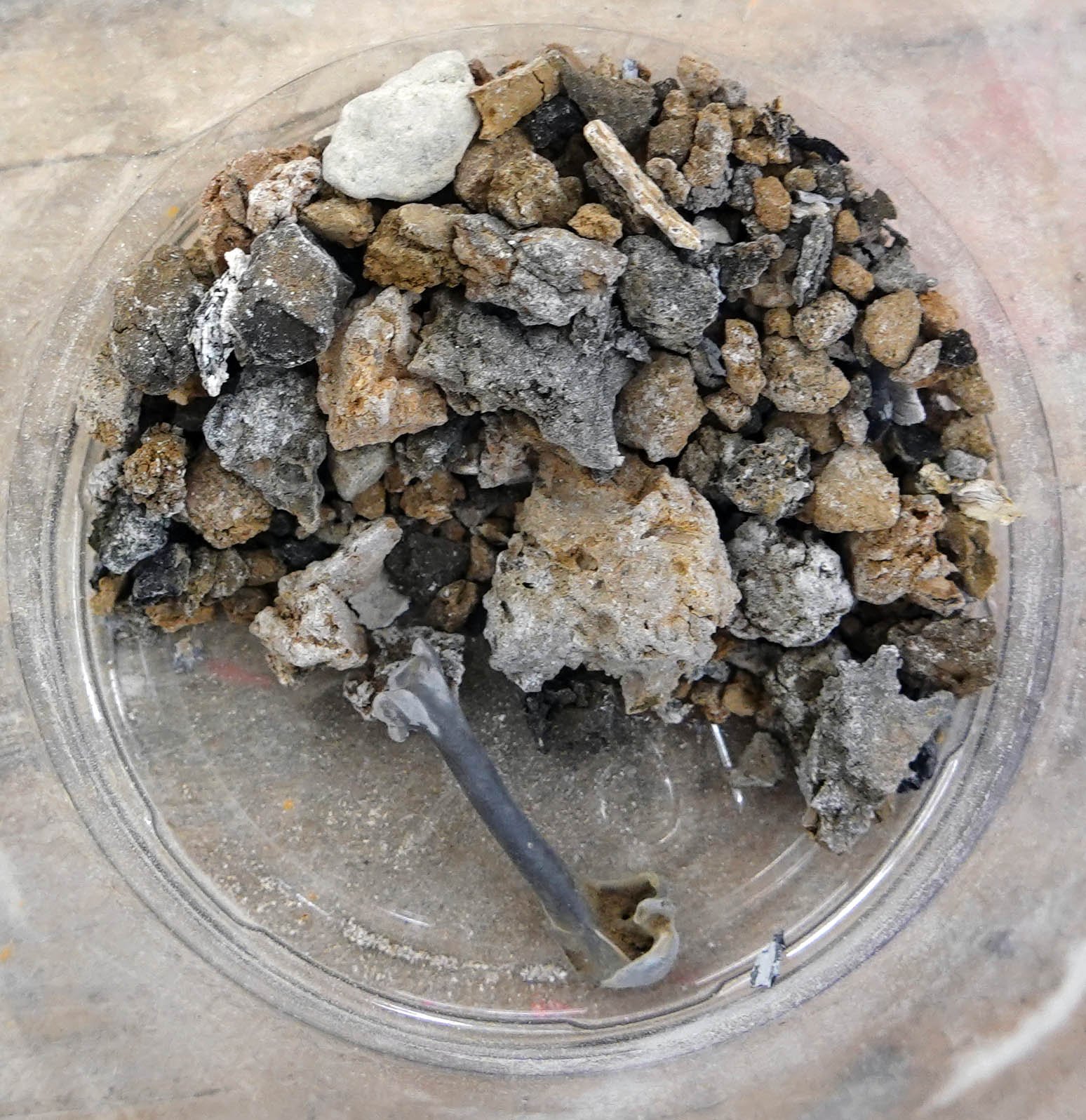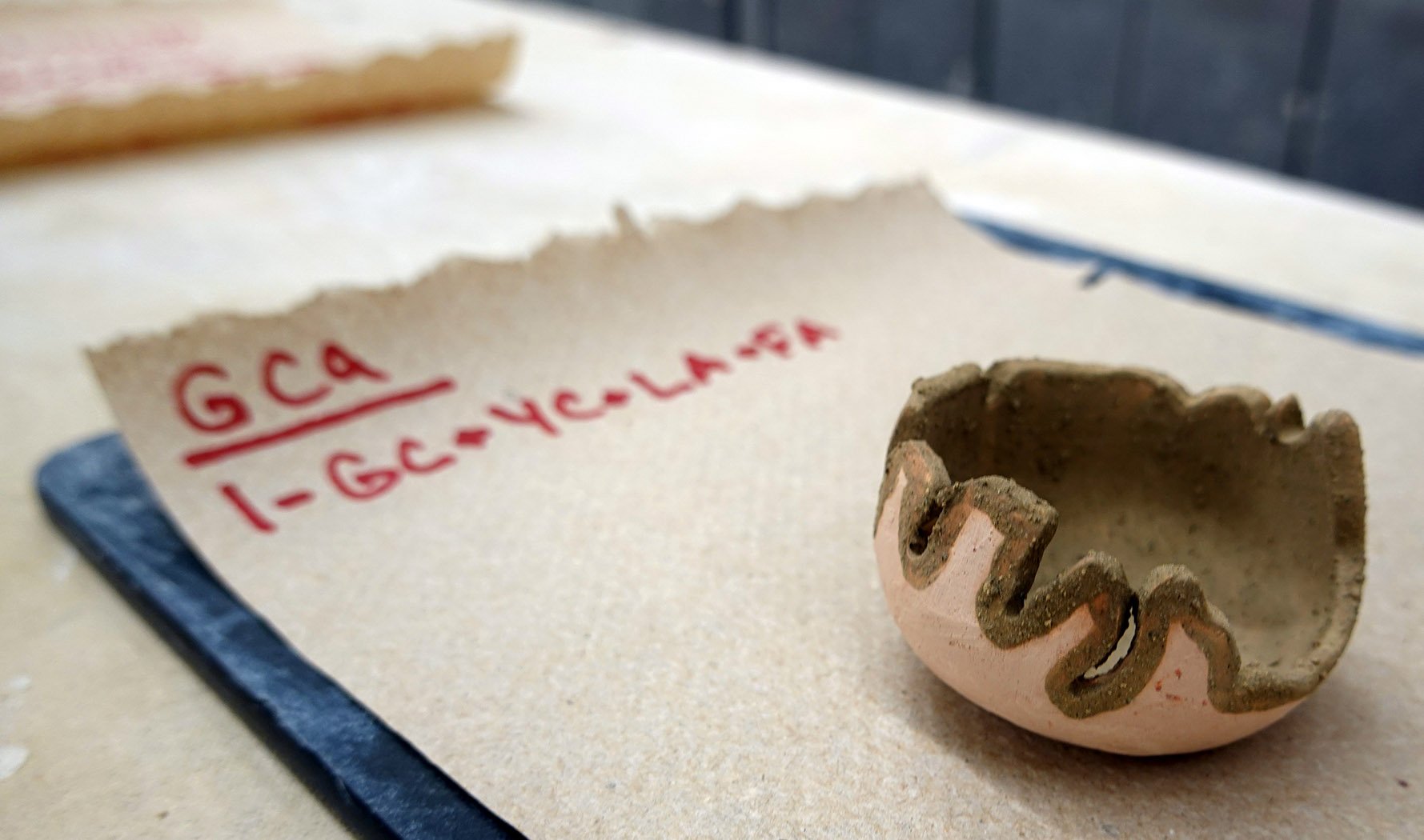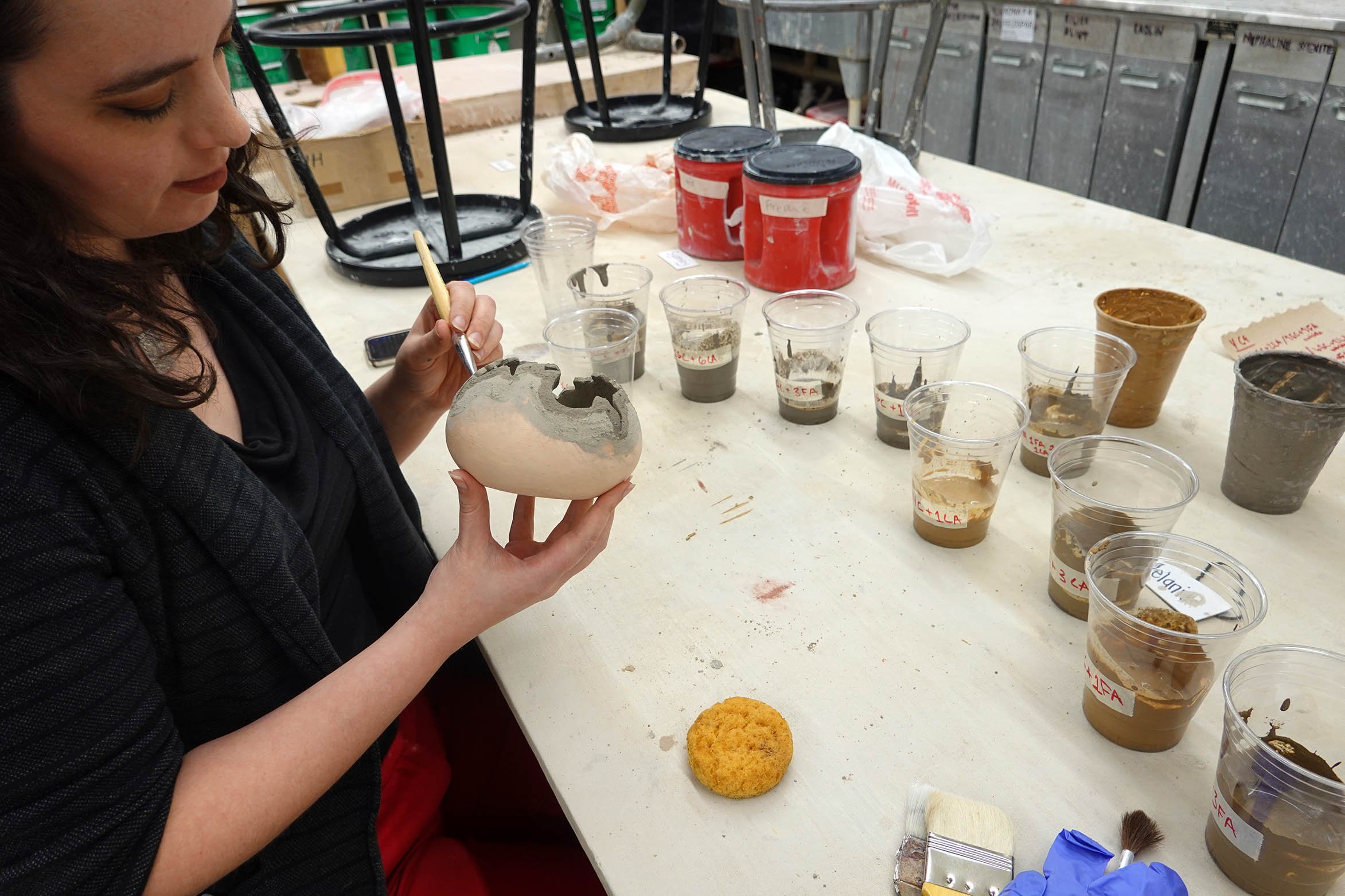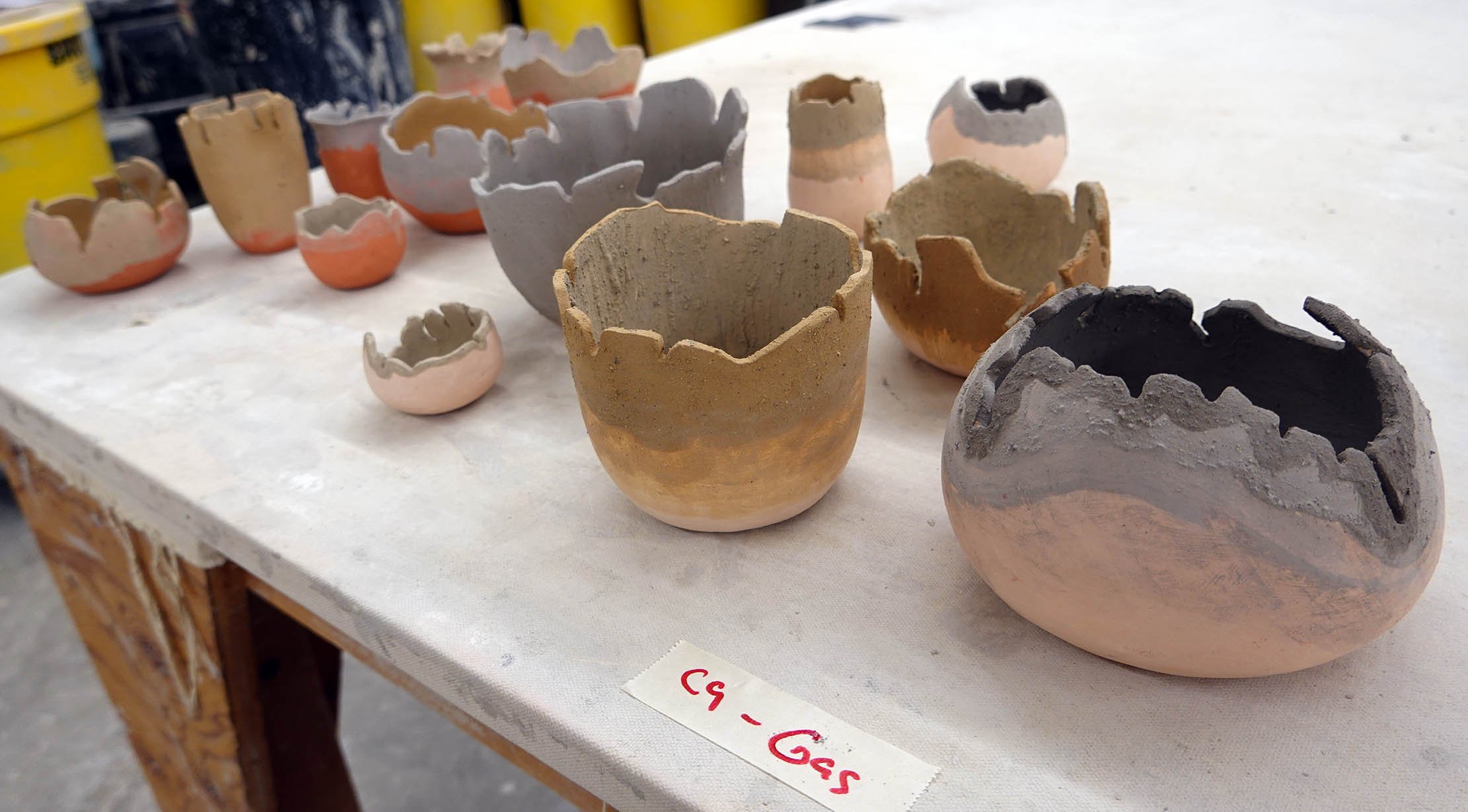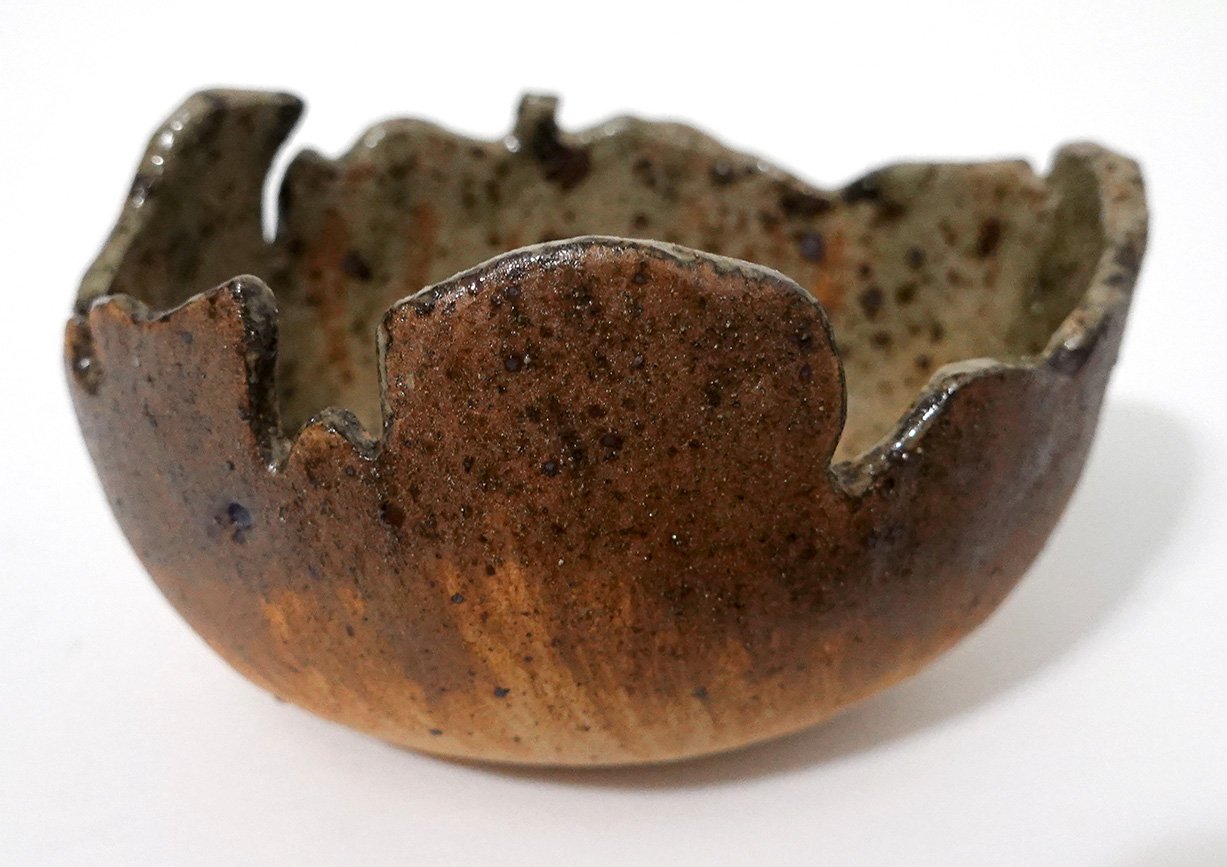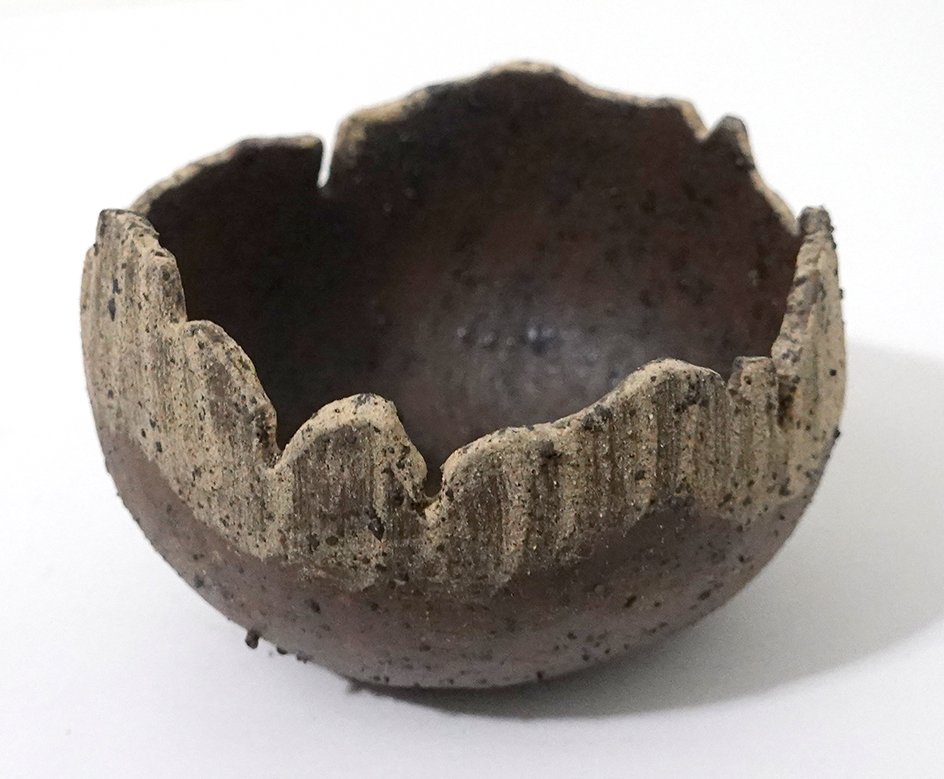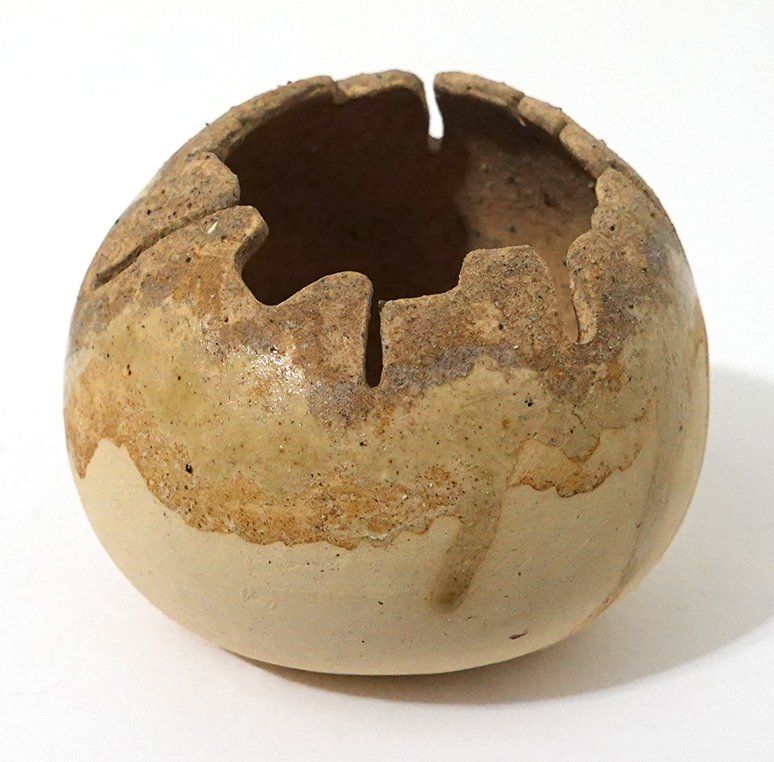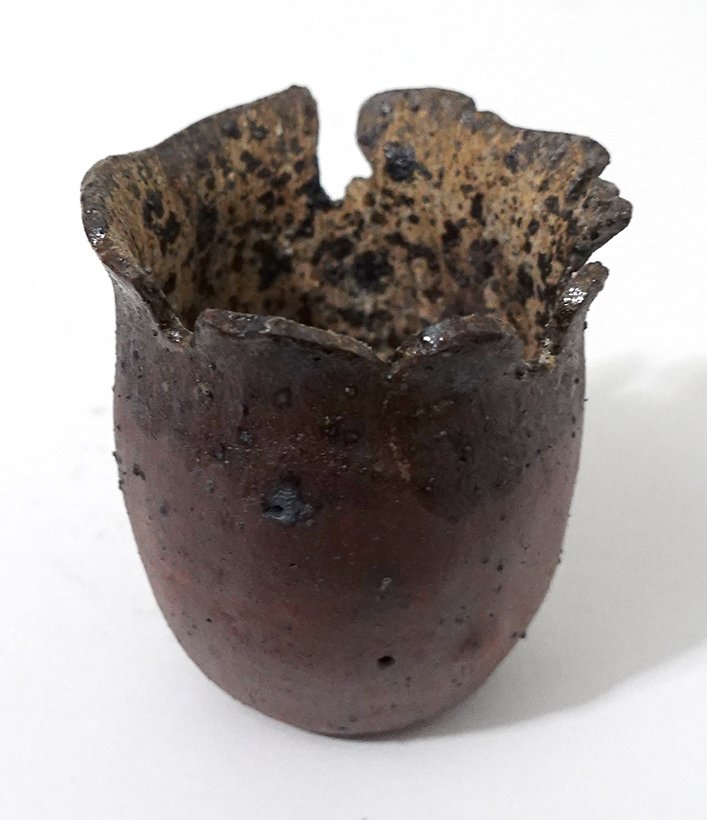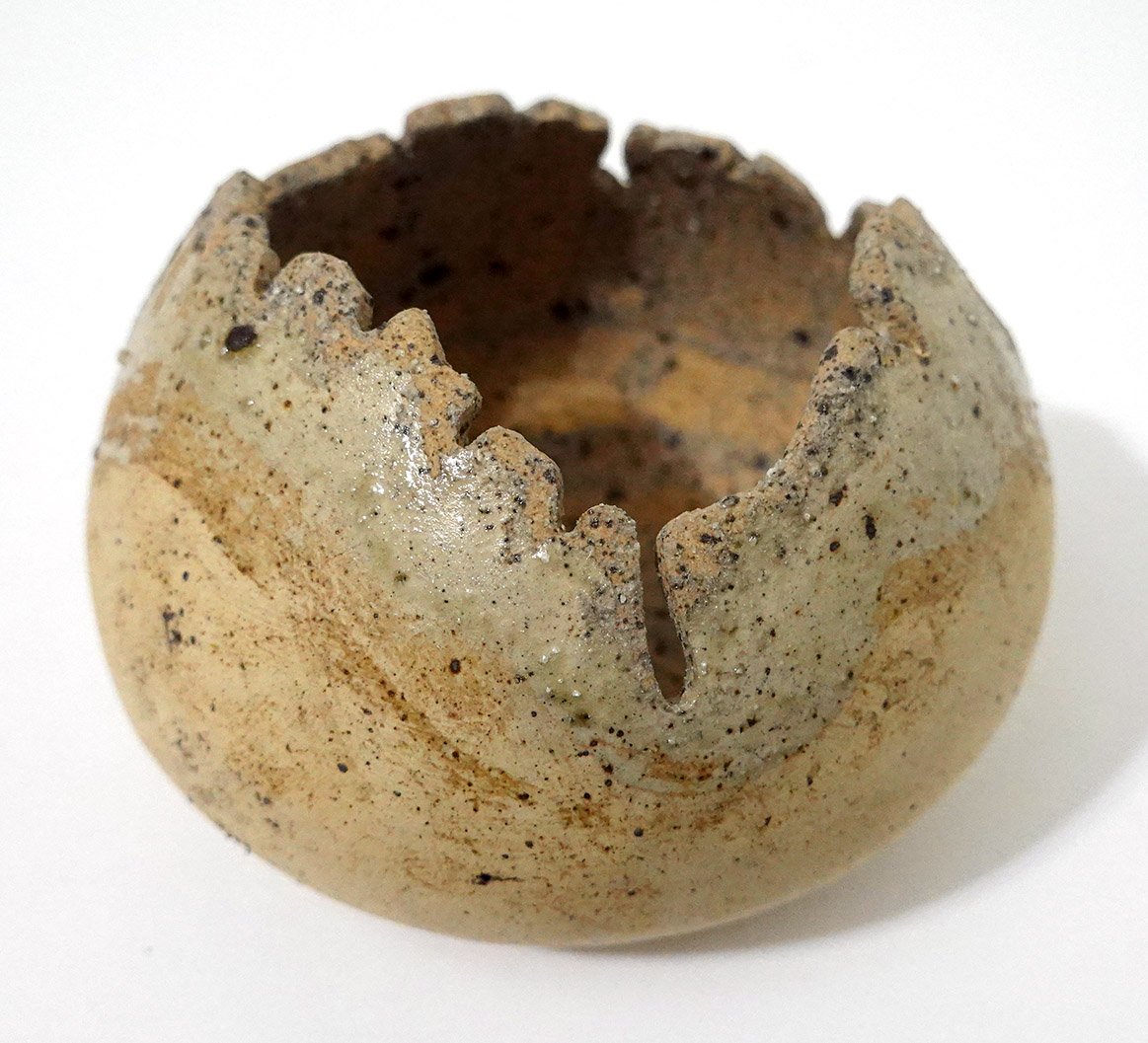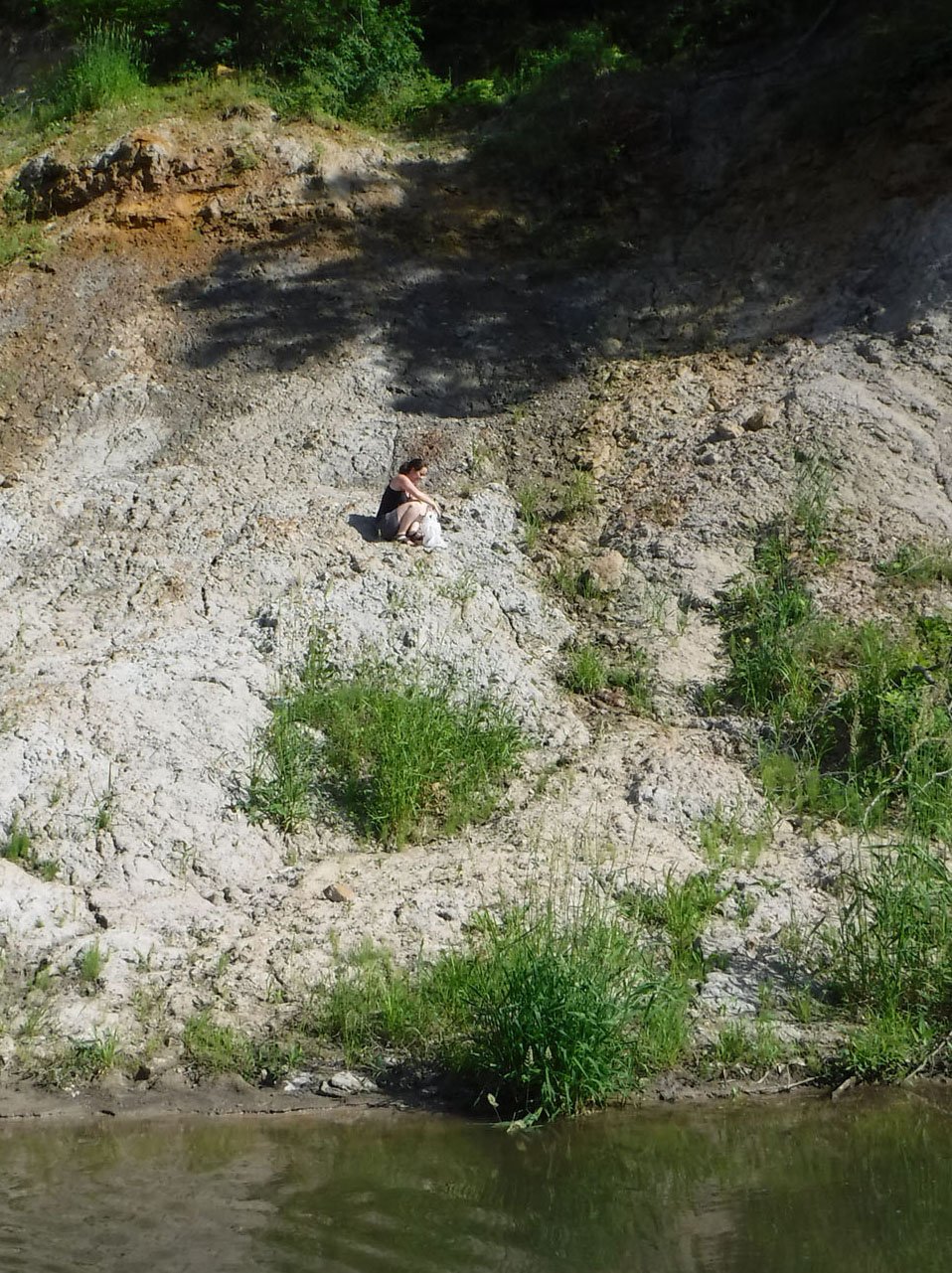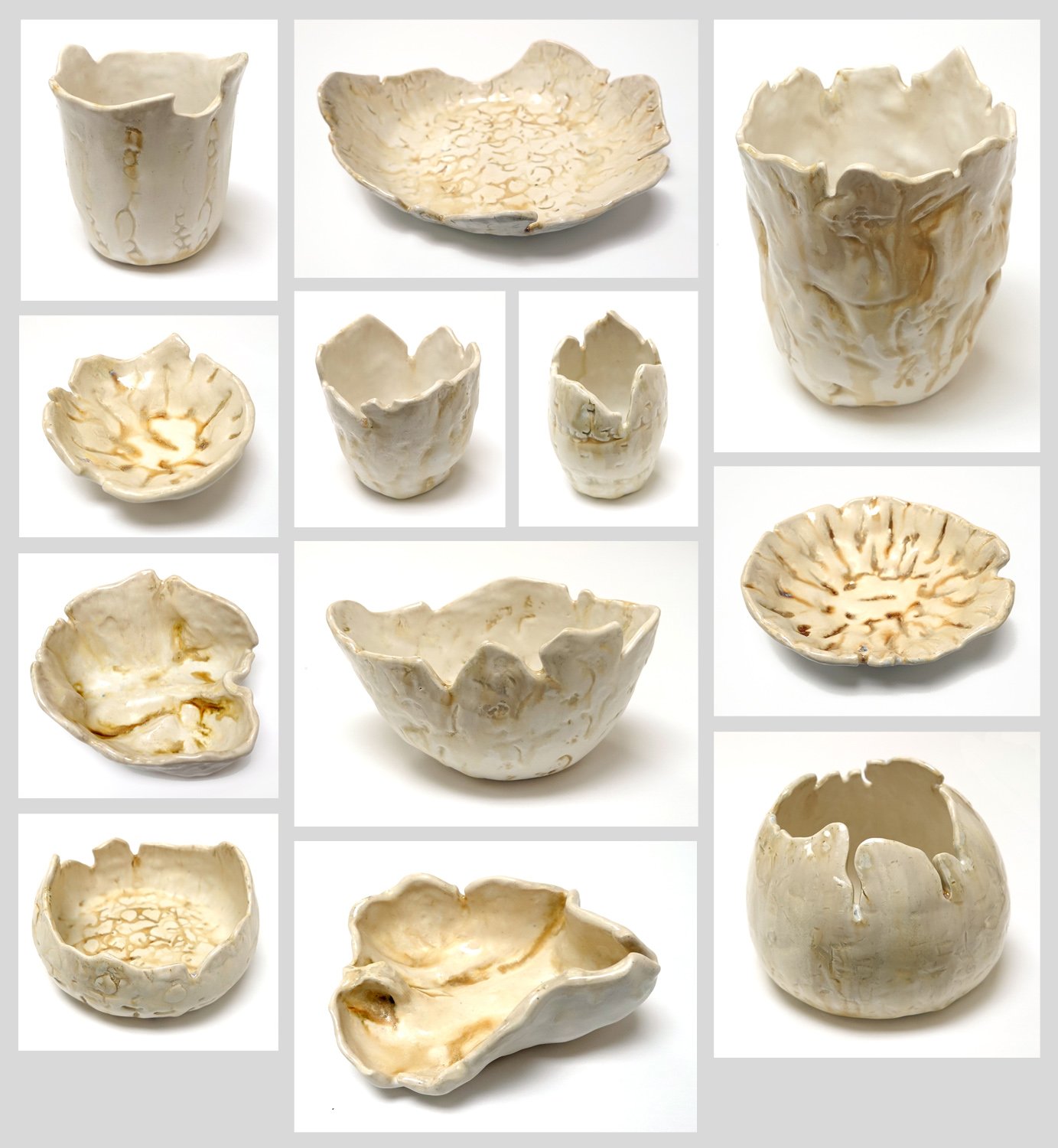This painting was the third I started… but the seventh to finish! Many people have asked me how long it takes to finish a piece of artwork, and the answer is harder to provide than they might think because I’m usually working on multiple pieces at a time and each one’s process and progress looks different.
The substrate for this is once again papyrus, but for the first time I experimented with using crackle paste. This was particularly experimental in that you’re supposed to use crackle paste only atop rigid surfaces, and papyrus is flexible. This meant that as the crackle paste seized, it actually buckled the papyrus beneath, leading to less dramatic cracking in the paste but creating a very irregular topography and shrinking the overall dimensions of the papyrus. Painting a relatively detailed and representational subject on this surface was really difficult, which led to me fighting with it for weeks. I might’ve even abandoned it, except every visitor to my studio remarked on how much they looked forward to seeing it finished and that it was already a favorite! Eventually, I made peace with it and could see the light at the end of the tunnel.
I am really pleased with how it turned out; my studio guests were right to urge me to complete it! Also from a completionist angle, my Mount Lycabettus tortoise times were always spent with two tortoises - I painted the larger, presumed male tortoise on the antique tiles, and this papryus piece depicts his smaller, presumably female companion. It feels nice to have finished portraits of each of them.
This is a tentative title: Heritage, acrylic and crackle paste on papyrus, 15.5x21.75", 2023.





